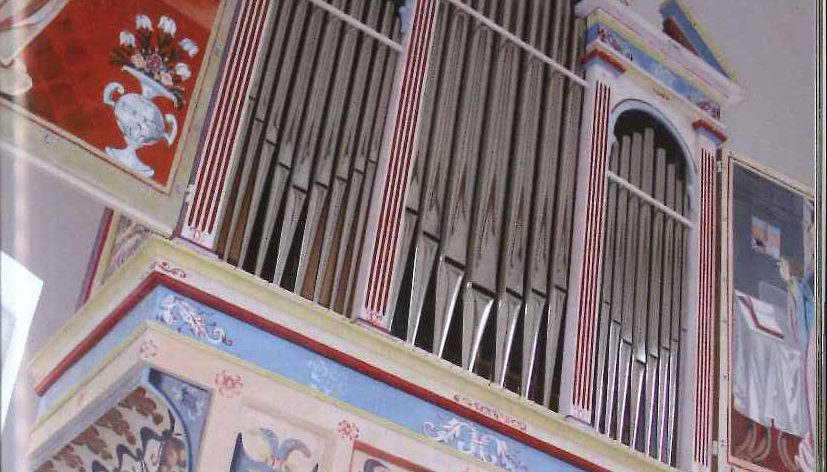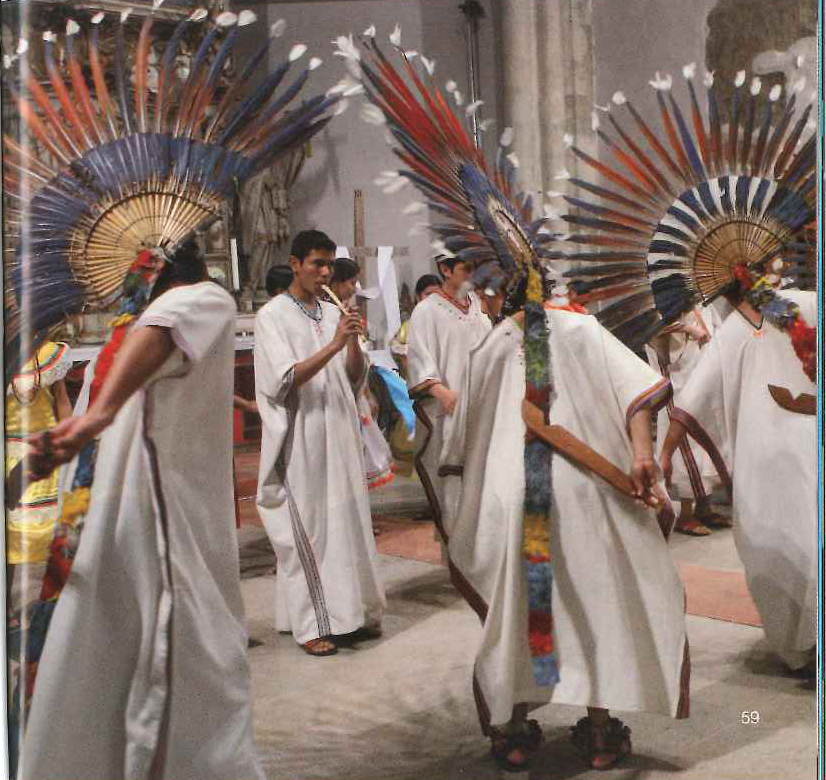Chemins du Baroque – long-term project

Baroque organ built in 2008, as a replica of an historical instrument of 1610 restored in the Andahuaylillas village, in the heart of Andes montains. Copyright Le Couvent
In 1987, Alain Pacquier and Lionel Lissot launched a cultural cooperation programme aimed at restoring and enhancing awareness of Latin America’s musical heritage: Chemins du Baroque. As from 1992, BNP Paribas Foundation became involved in this exciting project which led to hundreds of concerts in South America and Europe, the release of dozens of compact discs, the restoration of historical instruments in Argentina, Chile and Peru. Let’s look back on one of the greatest ventures supported by the Foundation.
Between two worlds
The history of this musical voyage started in 1540 when Ignatius de Loyola wanted the Jesuits to go to all corners of the world. For two centuries, the company of Jesus engaged in peaceful proselytism in Latin America where it made western music known. But in 1759, Portugal became resentful of the Jesuits’ power and decided to expel them from its territory and its colonies. Spain did the same in 1767. Showing the great force of the music and the way it was appropriated by the indigenous peoples, thousands of pieces of baroque sheet music have been kept since this period. Traces of this heritage still remain in Jesuit missions in Latin America and the Caribbean and in cathedrals.
In 1987, Argentina had only freed itself from the military junta five years earlier, and Peru had just appointed a democratically elected president after forty years of dictatorship. Chile would see the departure of Augusto Pinochet one year later. This was the situation when Alain Pacquier, a journalist and founder of the Festival de Saintes, started his passionate exploration of baroque music and its Latin American facets, which were little known in Europe.
Precious support
The Chemins du Baroque International Centre, based in Sarrebourg in Alsace, was set up after Alain Pacquier met the conductor Gabriel Garrido in Argentina. During a trip to Bolivia, the artist had discovered sheet music from the baroque period and had also observed that the Bolivian Indians continued to play this music. His story inspired curiosity and a desire to take initiatives to enhance awareness and preserve this heritage. Chemins du Baroque sowed its first seeds of action, but funding was needed. Pacquier and Garrido contacted Martine Tridde, the Managing Director of Paribas (which became BNP Paribas) Foundation. This ambitious and extravagant project could not fail to interest the Foundation which had been involved in the world of early and baroque music since 1984. Therefore, in 1992 the Centre received its first funding for a period of three years. The Foundation would continue to support Chemins du Baroque for many more years.
Art as a dialogue
A great deal of restoration work was carried out over twenty years and eleven historical organs were saved in Bolivia, Mexico, Argentina and Peru. Altogether, fifteen countries were concerned by the rehabilitation and diffusion of Chemins du Baroque, including Canada (Quebec), Cuba, the Dominican Republic, Chile, Equator, Colombia and Panama. The restored instruments revived the music’s former splendour. This cultural cooperation also enabled 400 young musicians to be trained in Latin America where three international festivals were created or sponsored: the Missiones de Chiquitos festival in Bolivia, Semana de musica barroca de Santiago in Chile, and Jordanas de Musica Antigua del Centre Historico de la Habana in Cuba. More than 600 concerts were also organised in France and South America. And because this venture is mainly aimed at preserving music, 57 recordings have been released by K 617, the record label set up by Alain Pacquier in 1990.

In 2001, the National Latin American Baroque Music Month gave musicians from Latin America the chance to meet up with French chamber orchestras and choirs. Ten years later with CAMINOS 2011, the very active Chemins du Baroque International Centre found an elegant epilogue. More than six hundred musicians from the two continents met up in France for ten days, putting on about one hundred concerts where people could hear baroque music. Finally, ten concerts were put on at the Musée du Quai Branly, a place of cultural dialogue, and conferences, film screenings and workshops were also organised. This celebratory event marked the end of BNP Paribas Foundation’s twenty-year commitment.
To go further
Alain Pacquier, Le retour des caravelles, Paris, 2011
Partager cette page









